- Home
- Income Taxes
- Standard Mileage Rate
Standard Mileage Rate
Versus Actual Expense Method
Is the standard mileage rate more beneficial than using actual vehicle expenses? More often than not this seems to be the case, however it is still important to perform a comparison between the two methods each year to make sure.
In response to ongoing changes in gas prices, the IRS continues to change the rate of mileage you claim each year. So how do you know if the actual expense method will yield a better result? This bookkeeping article will help answer that question.
While the changes are much needed, businesses should evaluate whether the IRS has done enough, or whether a switch to the actual expense method of calculating vehicle expense deductions may make more sense each and every year.
Standard Mileage Rate - Two Methods
There are two basic methods that the different business structure taxpayers may choose to compute their deduction for the business use of automobiles (including vans and light trucks): the IRS's standard mileage rate (SMR) and the actual expense method. The method a business chooses in the first year the vehicle is placed in service is important, as it affects whether a change in method can be made in later years.
Standard Mileage Rate - SMR Method
Under the SMR method, the fixed and operating costs of the vehicle are generally calculated by multiplying the number of business miles traveled during the year by the business standard mileage rate.
Although a business structure using the SMR method cannot deduct any of the actual expenses incurred for operating or maintaining the car, the IRS does allow additional income tax deductions for business-related parking costs and tolls, as well as interest paid on vehicle loans and any state or local personal property tax paid on the vehicle.
Actual Expense Method
Under the actual expense method, taxpayers and their professional bookkeeping services can deduct the operating and maintenance costs incurred for the car during the current year, which include:
Gas and oil; License and registration fees; Insurance; Garage rent; Tires; Minor and major repairs; Maintenance items such as oil changes and tire rotations; Interest paid on a car or truck loan; and Car washes and detailing.
If the business use of the vehicle is less than 100 percent, expenses need to be allocated between business and personal use.
Switching Standard Mileage Rate Methods
Once actual depreciation in excess of straight-line has been claimed on a vehicle, the SMR cannot be used. Absent this prohibition (which usually is triggered if depreciation is taken), a business can switch from the SMR method to the actual expense method from year to year.
Businesses and their outsourced bookkeeping services cannot, however, make mid-year method changes either to, or from, one method to the other. Additionally, if a taxpayer uses the actual expense method for the first year that a vehicle is placed in service, it cannot switch to the SMR method for that vehicle in later years. The actual expense method must always be used for that vehicle.
Comment. While a change cannot be made effective at mid-year, a business is free to decide at any time to switch from the SMR to the actual expense method for the entire year, as long as the decision is made before the time at which the federal income tax return is filed. That is, a taxpayer cannot use the SMR for part of the year and then use the actual expense method for the remainder of the year. If the actual expense method is used, only those expenses that are properly substantiated are allowed.
For leased vehicles, the rule is even more stringent. A taxpayer who uses the SMR method for the first year the car is placed in service in the business must use the SMR for the entire lease period.
SMR and Depreciation Limits
The SMR method includes an amount for depreciation, measured by the cost of the vehicle and limited by the luxury depreciation limits. A taxpayer who changes from the SMR method to the actual cost method in a later year, and before the car has been fully depreciated, must use straight-line depreciation for the car's estimated remaining useful life.
Therefore, taxpayers cannot claim an additional accelerated deduction for depreciation when using the SMR method. Based on statutory language, whether intended or not, bonus depreciation may not be claimed if the SMR is taken. Election of the standard mileage rate is considered an election out of MACRS.
Documentation and Substantiation
The types of records required to substantiate expenses associated with the business use of an automobile depend on whether the standard mileage rate or actual expense method is used. In general, adequate substantiation for income tax deduction purposes (for both SMR and actual expense method taxpayers) require that the following be recorded:
The amount of use (i.e. the number of miles driven for business, and even personal, use); The date of the expenditure or use; and The business purpose of the expenditure or use.
Taxpayers using the SMR should maintain a daily log book or "diary" that substantiates miles driven, the dates of the vehicle's use, the destination, and the business purposes of the trip. For taxpayers who deduct the actual expenses associated with the business use of an automobile, substantiating costs will be more complicated and time-consuming.
A mileage log is a necessity, as it should thoroughly account for miles driven (bifurcating both business and personal use). Taxpayers should also keep receipts, copies of cancelled checks, bills paid, and any other documentation showing costs incurred and expenditures made. For depreciation purposes, taxpayers also need to document the original cost of the vehicle and any improvements made to the automobile, as well as the date the vehicle was placed in service.
With the price of fuel biting into your budget, getting as much of your spending back through smart tax planning and tax resolution service makes more sense than ever these days. In addition to the fuel efficiency of your vehicle, don't forget to add its tax efficiency in computing bottom line ownership and operating costs. Please feel free to contact this office for your tax tune up.
More Bookkeeping Articles
- Bookkeeping Company
- Bookkeeping Office Productivity
- Bookkeeping Salaries
- Bookkeeping Tips
- Business Structure
- Deductible Expenses
- Economic Stimulus Payments
- Estimated Tax Payment
- Hobby Loss Rule
- Home Based Bookkeeping Business
- Reduce Office Clutter
- Standard Mileage Rate
- Starting Own Business
- Tax Relief
Please subscribe to my monthly newsletter, Bookkeeping Basics E-zine. It tells you every month about the new information that I have added, including some great tips and advice from myself and other Bookkeeping Basics readers.
Like Bookkeeping-Basics.net?
- Home
- Income Taxes
- Standard Mileage Rate
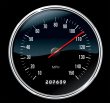



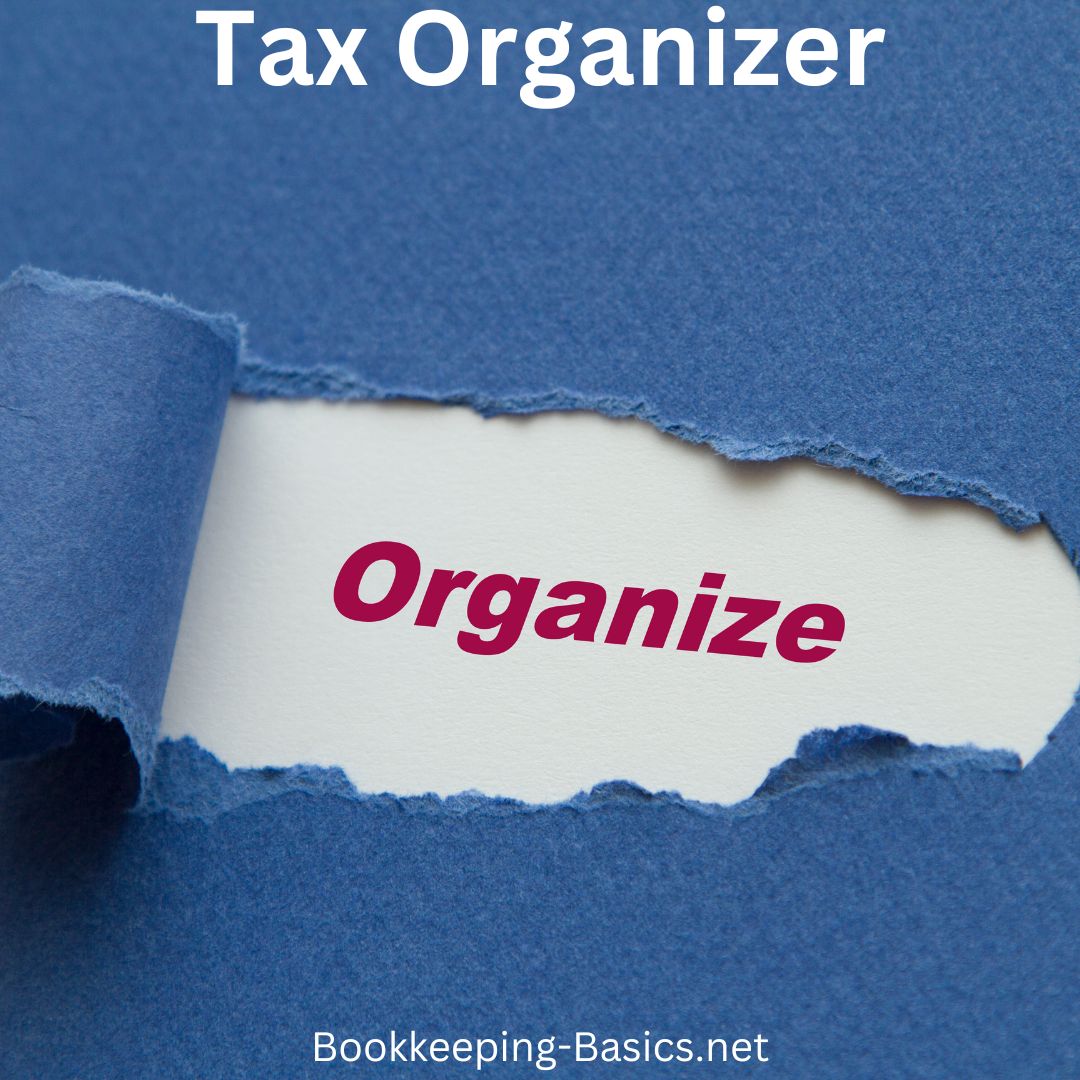





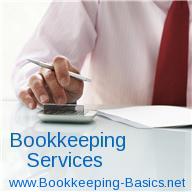

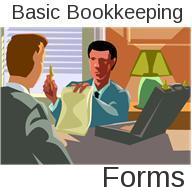


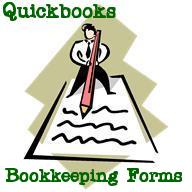
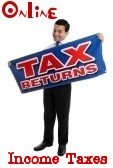
New! Comments
Have your say about what you just read! Leave me a comment in the box below.